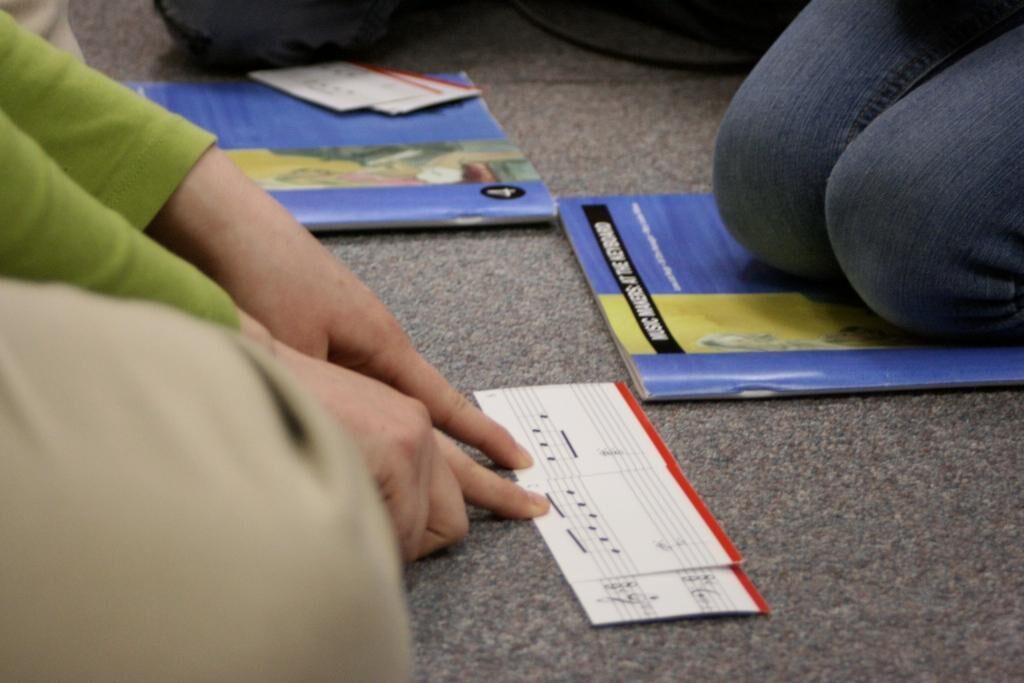Early childhood music education lays the foundation for a lifelong appreciation and engagement with music. In our first installment of this two-part series, we explored music literacy in the second stage of child development and how singing helps children learn to play piano. We continue to expound on the Musikgarten Method with the importance of incorporating structured approaches to piano learning and integrating dynamic methods like listening and movement. Both structured piano learning and the integration of listening and movement activities highlight the importance of a comprehensive music education for young children and help them to develop a range of cognitive, physical, and emotional skills.
Early Childhood Music Builds a Strong Foundation in Piano Learning
Building a strong foundation in piano learning is crucial for long-term success. Key teaching elements include:
- Proper Posture – ensure an upright back and relaxed shoulders. The chair height should allow feet to rest flat, with forearms parallel to the floor.
- Hand Position – maintain naturally curved fingers and a relaxed wrist.
- Finger Technique – practice finger independence and strength through specific exercises.
- Practice Routine: Initially teaching away from the keyboard to focus on body alignment and integrate familiar songs with consistent teacher feedback.
Combining these elements helps to develop ideal playing posture and supports a lifelong love for piano.
The Listening and Movement Connection of Early Childhood Music Education
Incorporating music and movement into early childhood education significantly enhances children’s cognitive, physical, social, and emotional development. Activities that combine listening and movement are particularly beneficial as they create a holistic learning experience. Here are some key points:
- Cognitive Development: Engaging in music and movement helps children develop language and mathematical skills. Repetitive actions and patterns in songs enhance memory and cognitive abilities.
- Physical Benefits: Movement activities improve both gross and fine motor skills, coordination, and overall physical health. They help children develop muscle strength, balance, and motor control.
- Social and Emotional Growth: Music and movement activities promote social interaction, teamwork, and self-expression. Children learn to communicate and express emotions through these activities, fostering a sense of belonging and emotional well-being.
- Enhanced Learning Environment: Integrating music and movement into daily routines and transitions makes learning more engaging and enjoyable. This method also helps in managing behavior and keeping children focused.

Early childhood music educators often include daily music and movement sessions, use songs during transitions, and encourage activities like dance and sing-alongs. This approach not only supports academic learning but also nurtures children’s overall development, making it an essential component of early childhood education.
Early childhood music education, through structured piano learning and the integration of listening and movement activities, provides a comprehensive approach to developing various essential skills in young children. These methods not only enhance cognitive, physical, and emotional development but also foster a lifelong love and appreciation for music. By investing in these foundational practices, educators and parents can ensure children grow into well-rounded individuals with a deep connection to the arts.





